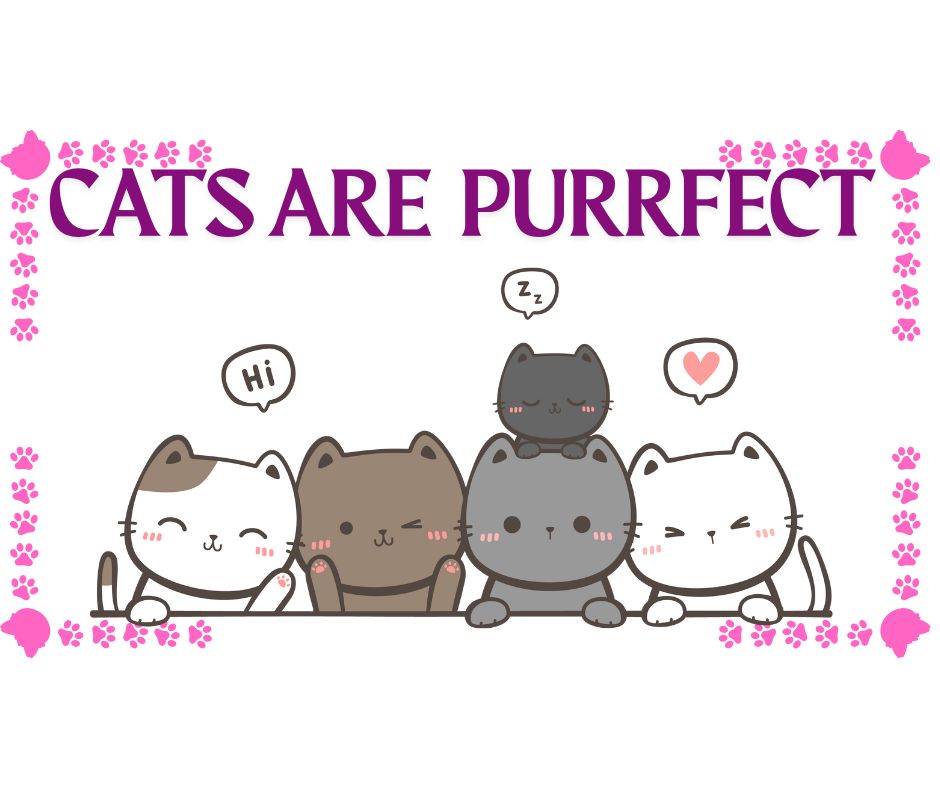How the Pandemic Hurts Deaf People

Artwork expressing deaf people protesting the White House with “screaming hands” for not having interpreters at COVID briefings. Artwork by Nancy Rourke
March 22, 2021
When we made the sudden move to life over Zoom, I predicted that quarantine would make it easier for deaf people to communicate. Despite the deaf community’s historic use of video communication technology, the pandemic has only worsened their ability to communicate.
This is in part due to the small frame on a Zoom or Microsoft Teams call. While the signing space – the physical space that is used when signing – can span from the head to the stomach, video conferencing technology usually only covers from the head to just below the neck. Signers now have to adjust their signs to make them fit in such a small frame, making them even more confusing when there are intricate details1. Additionally, it is harder to perceive depth on a screen, and many signs which utilize motion towards or away from the body have great grammatical significance. Signers have to point their body at an angle away from their camera, because distinguishing the direction of motion is more difficult when viewed straight on. Many signs also require pointing to other people or to a separate reference point in space, and those can’t be done on a conference call.
1 https://www.scientificamerican.com/article/the-covid-zoom-boom-is-reshaping-sign-language/
Because of this, signers have had to adapt with new signs. But these won’t be new for long – linguists believe that these signs may persist after the pandemic and become a permanent part of sign language.
An unexpected benefit of the pandemic is that more people outside the deaf community are paying attention. Several clips like that of the Minnesota governor’s animated interpreter have gone viral. While everything may seem fine from the outside, the deaf community has historically been oppressed
2, whether it was the institutionalized beating of children to prevent them from using sign language or the efforts to sterilize deaf people and prevent them from marrying. There are many instances of this discrimination (called audism) today, including the lack of a sign language interpreter at the Trump Administration’s COVID briefings during the first 9 months. This is especially concerning because interpreters have become so much more important due to the communication issues that have arisen from the pandemic.
On top of all this, deaf individuals don’t find it much easier to communicate in person. Masks stop people from being able to lip read,3, an important part of deaf communication, especially when talking with hearing people. Additionally, facial expressions are an important part of signing and conveying connotation and intonation, yet masks also make it difficult to get these across.
Given the unprecedented changes in the way deaf people sign and the ever-growing spotlight on the deaf community, we are at a turning point in deaf history and culture. Let’s hope deaf and hearing people alike can use it to make progress together.
2 https://iglesiamartell.com/understanding-the-injustices-faced-by-the-deaf-community/
3 https://www.theguardian.com/science/2021/jan/07/deaf-asl-interpreters-pande


